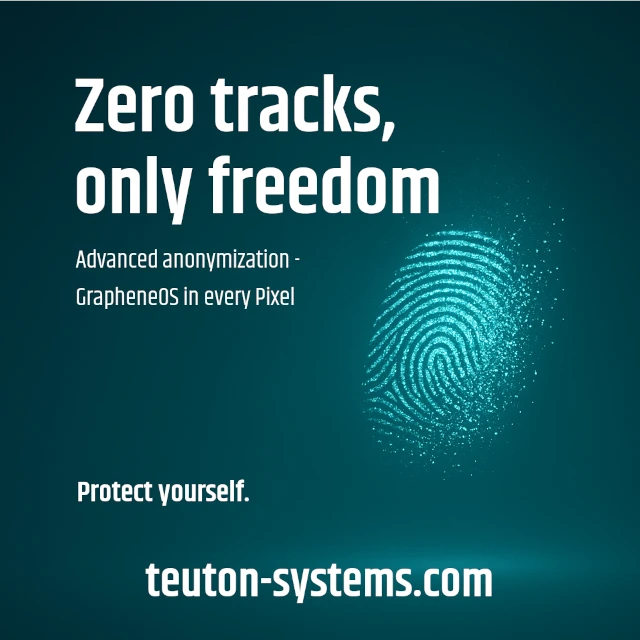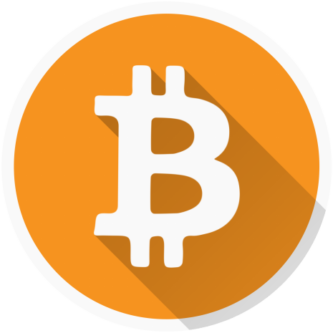ᛊ – Sowilo, is the reconstructed Proto-Germanic name of the s-rune, meaning “sun”.
The rune appears on older runic inscriptions mainly in the form of 𐌔, for example in the Kylver Stone rune row, and has been thought by some rune scholars to derive from the Greek sigma (Σ). The ᛊ-form appears to a greater extent on later inscriptions between the fifth and seventh centuries.
This article is part of our exclusive series on the origins and secrets of the Nordic runes in the Elder Futhark and the merits of the intriguing Uthark theory proposed by the Swedish philologist Sigurd Agrell, professor at Lund University, Sweden.
The Uthark is a secret cipher, based on positioning the Fehu rune at the end of the rune row, like an ace in a deck of cards, revealing esoteric philosophy reaching deep into the heart of Norse culture and religious beliefs.
According to the Uthark, it’s the 15th rune, something that makes as much sense from a mythological perspective as Thurisaz being the second, Ansuz being the third or Nauthiz being the ninth rune. There are quite a few hints to fifteen and its solar symbolism.
Meaning and interpretation
As in many ancient cultures, the sun was revered by the Norse, not only as a de facto life-giving energy but also as a divine being. This is evident in the Old Norwegian and Old Icelandic rune poems, where the name of the rune is Sól, which is still today the word for “sun” in Scandinavian languages.
Old Norwegian
ᛋ Sól er landa ljóme;
lúti ek helgum dóme.
Sun is the light of the world;
I bow to the divine decree.
Old Icelandic
ᛋ Sól er skýja skjöldr
ok skínandi röðull
ok ísa aldrtregi.
rota siklingr.
Sun is the shield of the clouds
and shining ray
and destroyer of ice.
To the right of the inscription of the rune row on the famous Kylver stone, there is a separate inscription on the stone with the meaning “sun” – “SULIUS” which both begins and ends with the Sowilo rune. For some reason, probably magical, the Sowilo in the rune row is in the shape of a reversed 𐌔 while the Sowilo runes in SULIUS consists of one reversed ᛊ and one regular ᛊ.

Symbolism and magical use
An old Icelandic poem directed against dwarves and other underworldly beings, documented by Jón Árnason, folklore collector and librarian at the Reykjavik National Library, is clearly organized around the number 15.
The incantation at the end of the poem – “Alog fylgi nú minu máli” – “Binding power now follows my words” – for example, consists of five words and is repeated three times. This is logically explained by the fact that 15 in runic magic was the number of the sun. The sun was most dreaded by these shadowy beings, who met their doom at the sight of the sun – as shown in many Nordic folk tales.
One such tale is told in the Eddic poem The song of Alvis (Alvissmál) which probably dates from around the 11th century. The story tells of a conversation between Thor and the dwarf Alvíss (“All-wise”) who later turns into a stone when the sun rises despite answering all of Thor’s questiones – This is the only known instance of Thor outsmarting an opponent rather than defeating him by pure force.

The sun rune is also clearly associated with the number 15 in Odin’s troll songs, where “Delling’s door” denotes the sun.
“I know a fifteenth,
the dwarf at Delling’s door.”
Inscriptions and amulets with numerology testify that the sun was also associated with the number 15 in the Roman Mithraic mysteries. As shown in previous articles of the series, Mithraic numerology seems in many ways to be reflected in rune magic.
Counting from the center of the Uthark rune row, it is also worth noting that the sun rune “mirrors” the ice rune Isa – the tenth rune according to the Uthark, just as the fifth rune fire rune Kenaz mirrors the water rune Laguz – the twentieth rune. In other words, these four runes – symbolizing fire, ice, sun and water – occupy positions 5, 10, 15 and 20 in the Uthark.
There are many other interesting “pairs” – some very obvious, some less so. More about these will be revealed in later articles…

Divination
The sun is deeply associated in ancient traditions with the lifeforce – Prana in the Vedic tradition and Qi in Chinese philosophy. In a rune reading, the sun rune, with its life-generating power, is therefore said to be a sign of good health or recovery. Turned upside down, it can therefore also be a sign of impending illness and a call to do what you can to take care of your health.
According to Norse belief, the runes represent aspects of the web of destiny, called the web of Urd (Wyrd). This web is intimately connected to time and the three Norns; Urd, Verdandi and Skuld. The Norns are weaving the threads of the web and represent what was, what is and what is to come.
The Roman historian Tacitus, among others, noted that rune divination was a widespread practice among the Norse. One of the most basic forms of such divination is to pray and draw three runes on twigs or cards which will signify the three Norns. By reading the web of Urd one may understand the present of Verdandi as well as the past, and also lift the veil of Skuld and see what lies hidden in the future.
Sowilo may also predict recognition for effort and tend to appear in a rune reading when you have been working hard and sacrifices are finally about to pay off. In another context, it may also alert you to the fact that you won’t reap the awards unless you do the work.
Discover the following rune Tiwaz – the rune of Victory
The Nordic Times


















